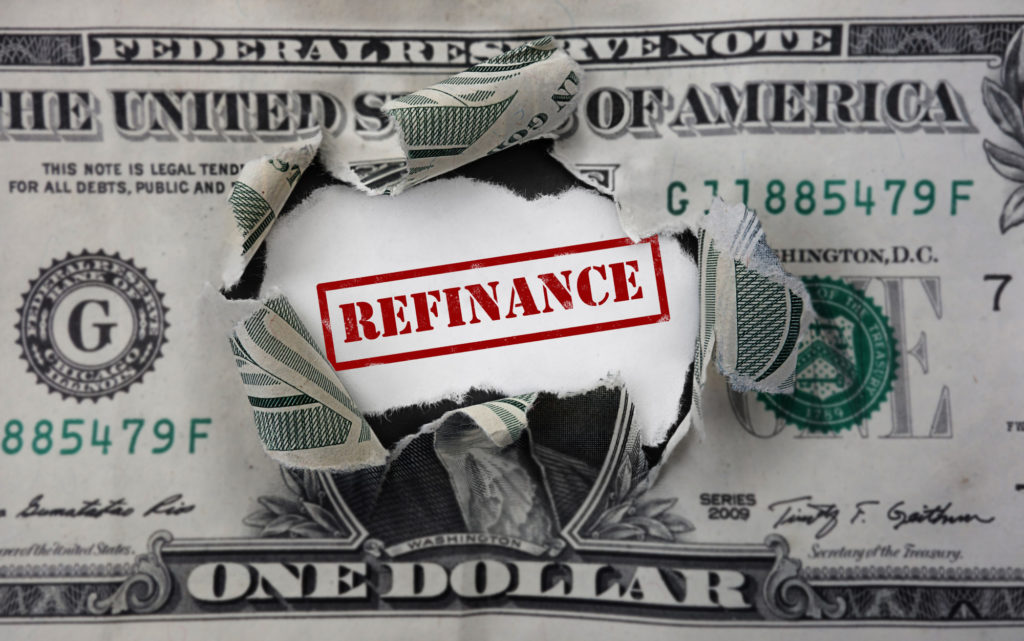 Interest rates are a sign of the times. When the economy is in crisis, expect much lower interest rates than when the economy is doing well.
Interest rates are a sign of the times. When the economy is in crisis, expect much lower interest rates than when the economy is doing well.
If you’re looking to refinance your home, check current interest rates to make sure you are getting the best deal. A second mortgage can be a viable alternative depending on your financial situation.
Check out this overview of when to get a second mortgage loan and when to pursue a refinance.
What is Refinancing?
A refinance is the process of getting a new mortgage loan to replace your existing loan. When mortgage interest rates drop, homeowners can lower their monthly mortgage payments by refinancing. There are some title loan lenders also who can help you refinance your title loan and get you a lower rate and possibly save you more money.
The reason to refinance your loan could vary from person to person. Homeowners could opt to shorten the length of their repayment term to pay off the mortgage faster. Refinancing gives you access to a variety of loan products that can take you from a fixed to variable interest rate or vice versa.
Disadvantages of a Refinance
A refinance gives you one fixed payment each month. This doesn’t work well for homeowners looking for a line of credit to finish a project with a variable cost.
Having a line of credit means you can spend if you need to but you aren’t on the hook for the full amount of the second loan. Expect a refinance to also come with higher closing costs than a second mortgage.
If interest rates have recently gone up, your payments might be higher than they were on your original mortgage loan.
Taking Out a Second Mortgage
A second mortgage is a type of personal loan that uses your home as collateral. The amount you receive is based on the equity in your home.
For example, if you have $50,000 in home equity, you can apply for a loan up to $50,000 in the form of a second loan or line of credit. Lenders rarely finance 100 percent of your home equity estimate.
If you choose a line of credit, you have access to a fixed amount of money and can use it as you need for specific projects like a home renovation. If you take out a traditional second mortgage loan, you receive a lump sum and repay it monthly just like your mortgage.
Closing costs are typically lower with a second mortgage because the amount you’re borrowing is much lower than your first mortgage loan. With a line of credit, you have the advantage of borrowing only what you need.
Disadvantages of a Second Mortgage
A refinance is a better option for homeowners looking to only make one mortgage payment per month. It’s also a better option if your original loan has a high-interest rate and the economy is in a downturn.
Refinancing gives you access to lower interest rates while getting a second mortgage keeps your original loan the same. Lenders also place a lien on your home when you get a second mortgage putting you at greater risk of foreclosure.
Should I Refinance or Get a Second Loan?
You should refinance when you have a sound financial plan for repayment. If you’re looking for options to fix bad spending habits, getting a second mortgage or doing a cash-out refinance will lead to more trouble.
Both options provide you with money to do more spending, but this time with a new debt to repay. For more information and lifestyle tips, check our blog for updates.